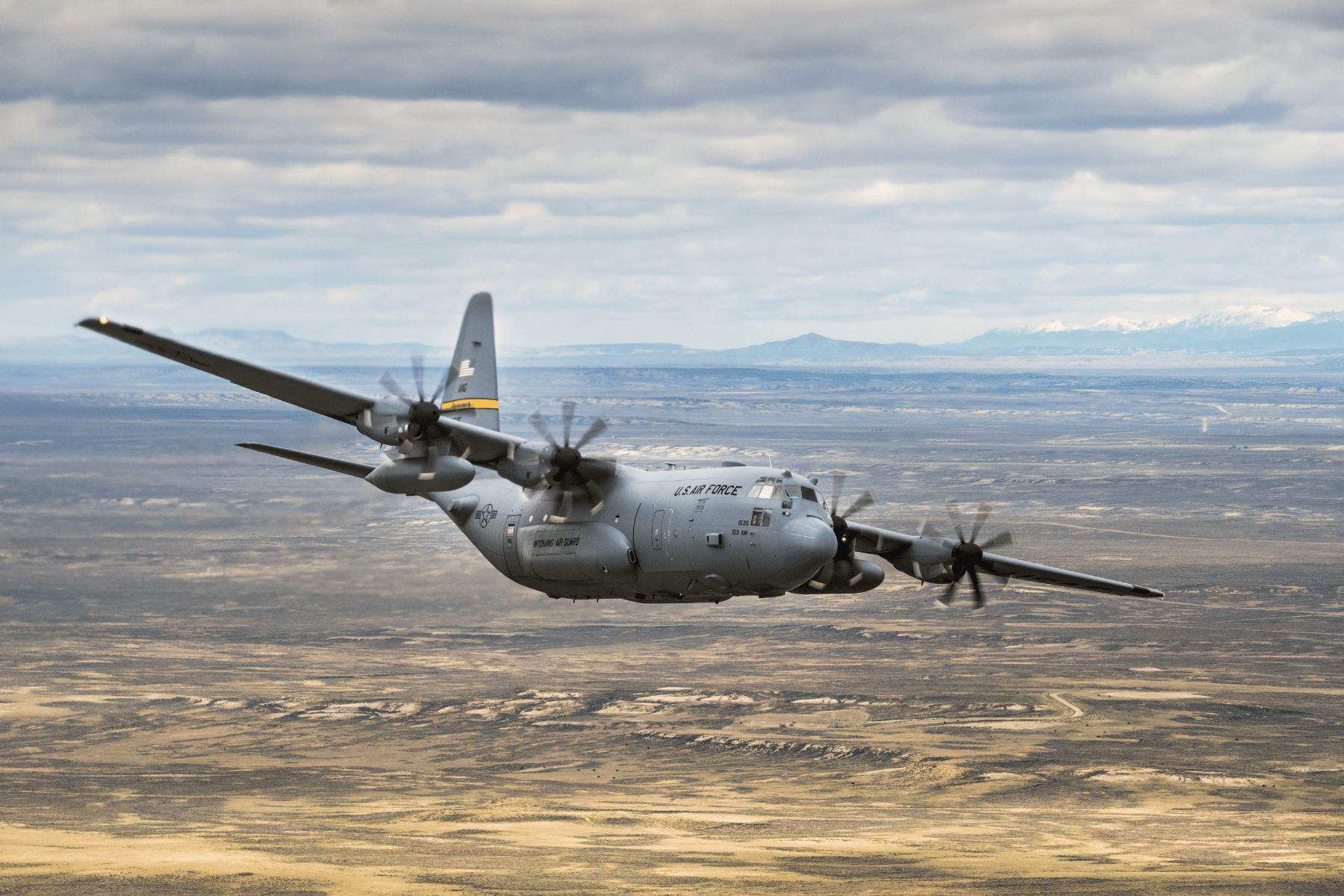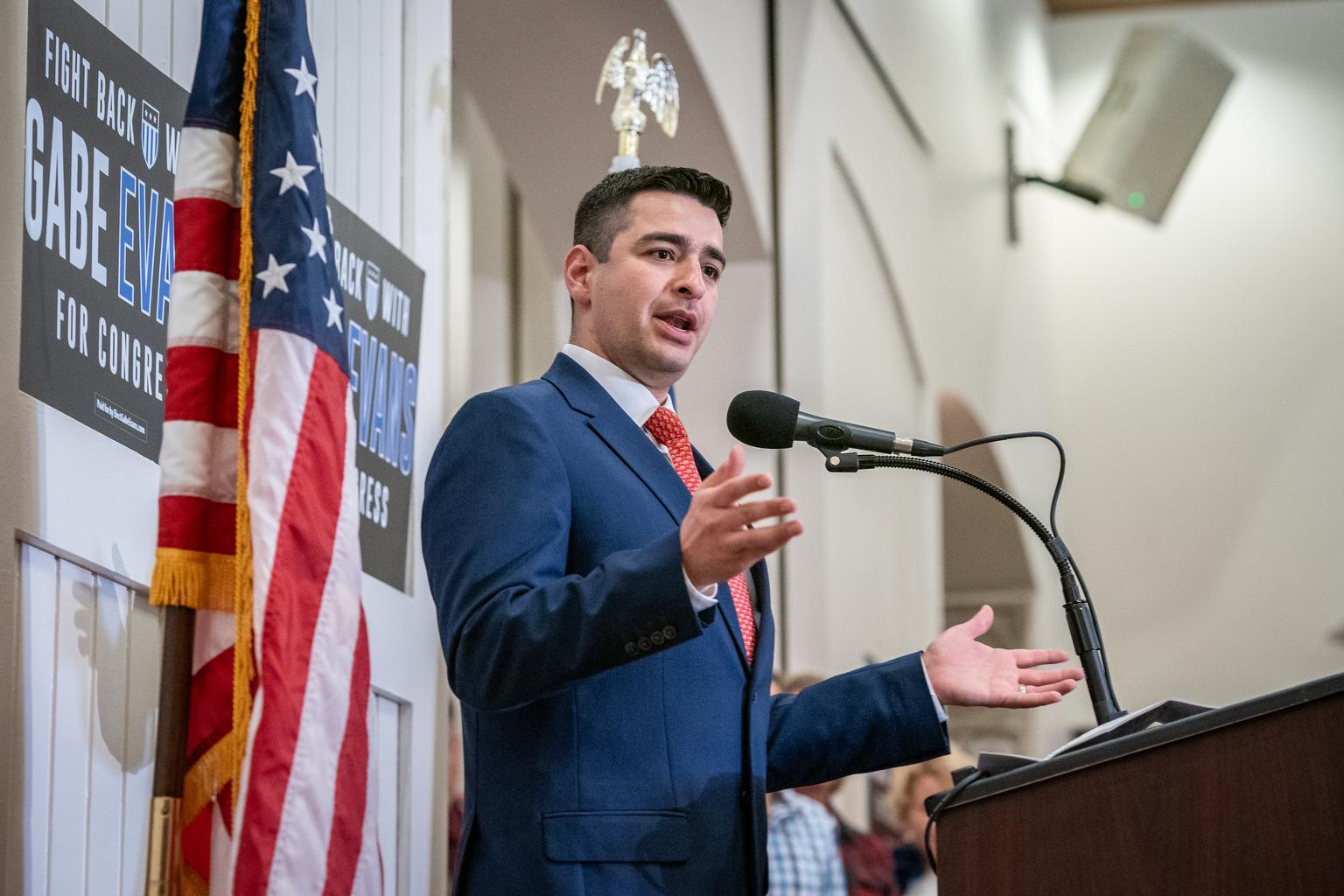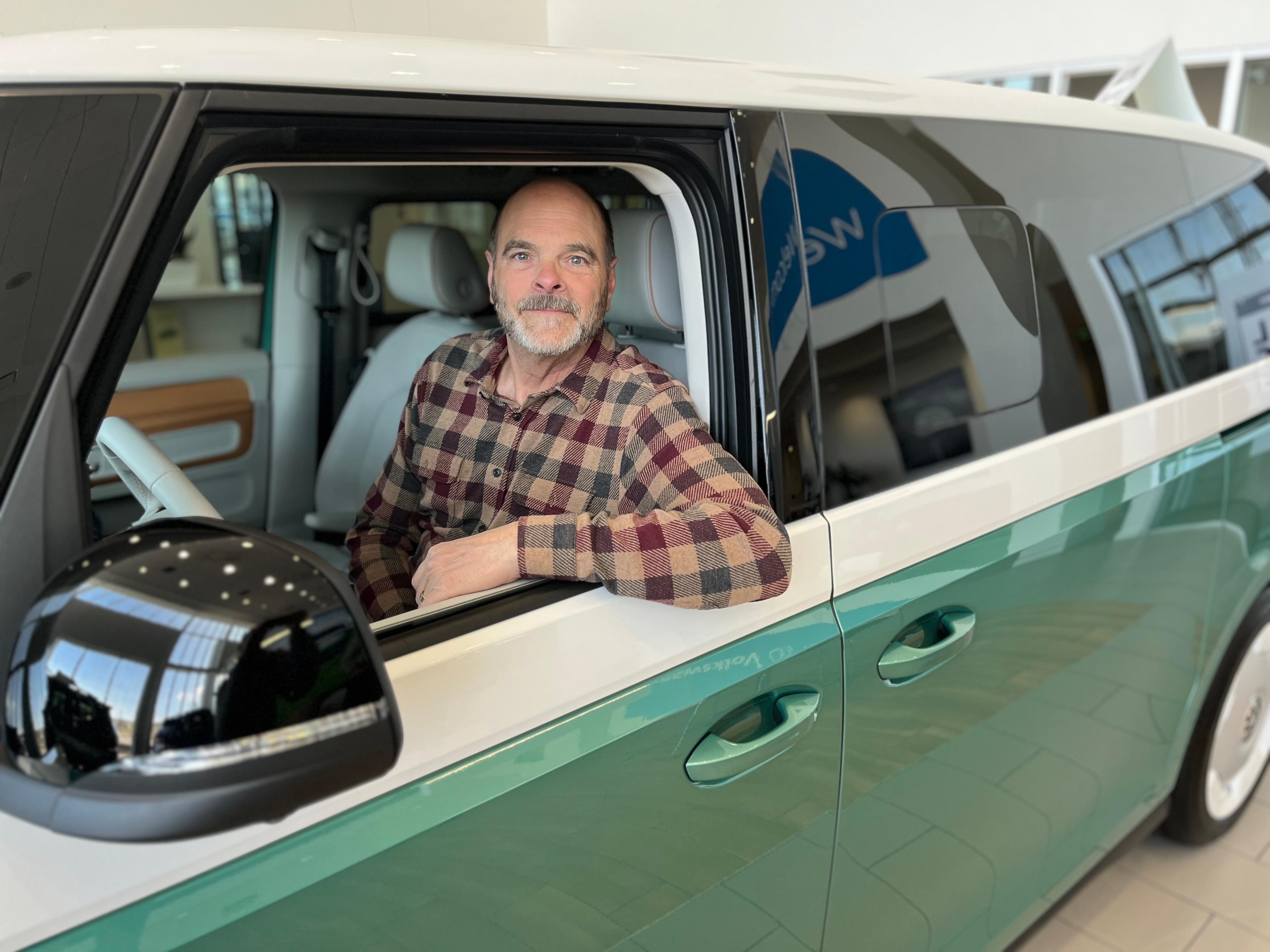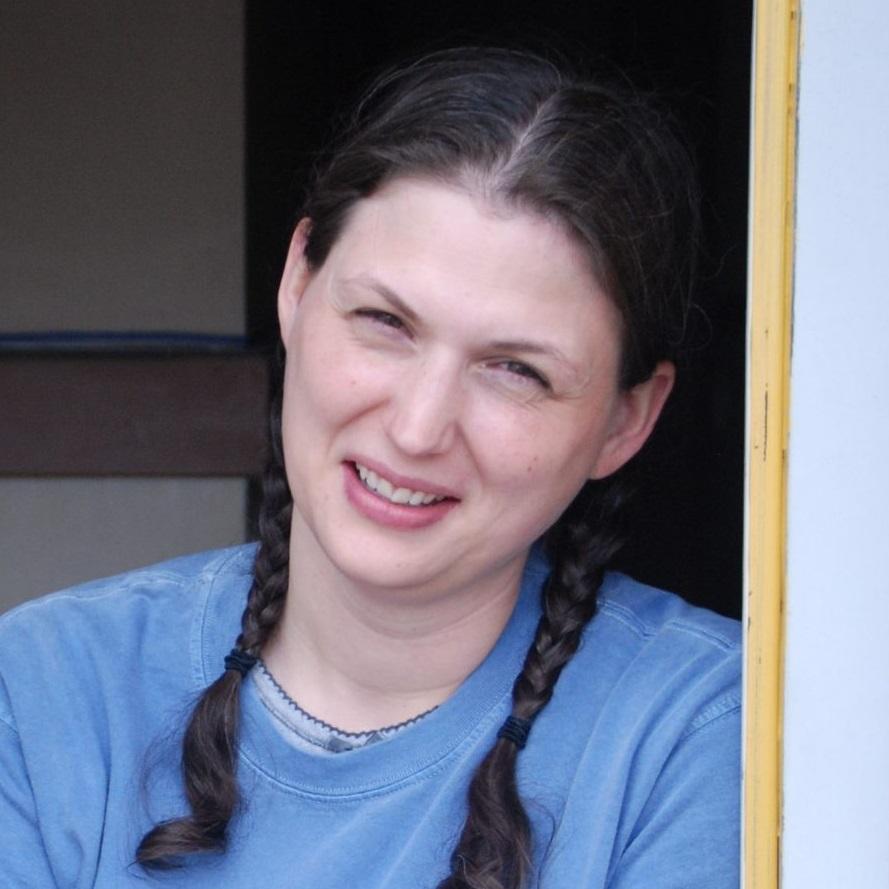
The Colorado Division of Fire Prevention and Control sent nine strike teams made up of 45 fire engines to aid crews in California on Sunday. Each engine has three to five members aboard. They’ll join the five initial crews sent to Southern California last week. Additionally, the U.S. Air Force Reserve out of Petersen Space Force Base sent a C-130 Hercules capable of dumping 3,000 gallons of water or fire retardant in less than five seconds.
Three fires continue to burn in Los Angeles, but containment percentages are growing. As of Monday, the Palisades fire stood at 23,713 acres and was 14 percent contained, the Eaton fire had grown to 14,117 acres and was 33 percent contained, and the Hurst fire stood at 799 acres and was 95 percent contained.
“We are heartbroken by the lives lost and touched by these fires, which remind us that fire can strike anytime and anywhere,” Gov. Jared Polis said. “Colorado is sadly no stranger to the destruction that fires can cause in our communities. We are proud to step up and help the southern California communities that are being impacted, and I am deeply appreciative of the women and men from state government and from local governments across Colorado who are lending a hand in California’s time of need.”
The nine strike teams are each made up of five similar types of fire engines and hail from dozens of fire stations across the state.
They have now all reached California and are being deployed based on need across the Palisades fire.
Updates from crews are sporadic as they work to prevent the loss of structures and protect lives with spotty cell phone coverage.
Who we’ve heard from
Carbondale and Rural Fire Protection District:
Engine Boss Karl Oliver is leading a crew from Carbondale and Rural Fire Protection District that is part of a strike team. His crew drove down Pacific Coast Highway Sunday night from Malibu on their way to the famous Bel Air neighborhood which is just west of the fire line. They passed hundreds of burned homes on their journey.
“A lot of structures were lost along the shoreline up into the mountain areas,” Oliver said. “But currently where we are, it's been untouched. We're basically patrolling and waiting to see what the fires might do.”
Homes in Bel Air near UCLA average at $3.7 million. Oliver said his crew are ready to defend the evacuated neighborhood as winds could reach 60 miles per hour overnight.
“California Fire really asked for the world in no less terms. So there are thousands and thousands of engines and hand crews staged and ready to react quickly if something does flare up again in the high wind,” he said.
Castle Rock Fire and Rescue:
Castle Rock Fire and Rescue Deputy Chief Oren Bersagel-Briese told CPR in an emailed statement that its engine crew, which left with the initial wave of Colorado resources, spent the weekend cooling hot spots in the Altadena area.
They were moving through neighborhoods attached to a cadaver dog team, looking for anyone who may have perished in the blaze.
Boulder Fire Rescue:
Boulder Fire Rescue said wildfire operations specialist Erin Doyle, who worked on the Marshall fire, also arrived in California Sunday on a strike team crew.
Doyle has been in the business for more than two decades and will lend his expertise on a brush truck that can sustain a crew directly on the fire line for up to 48 hours with no external resources.
Director of the Colorado Division of Fire Prevention & Control Mike Morgan said in a statement that the units on the ground “exemplify the spirit of collaboration and mutual aid that is fundamental to wildfire response across the West.”
Crews can be on assignment for up to 14 days with the option to extend to 21.
Peterson Space Force Base sends airborne support
In addition to on-the-ground resources, Colorado is also sending airborne help.
The Air Force Reserve’s 302nd Airlift Wing at Peterson Space Force Base in Colorado Springs loaded up with eight aircrews from the Air Force Reserves and Air National Guard on Saturday. The crew is made up of both aircraft maintainers and those flying the C-130 Hercules.
The Hercules is now stationed at the Channel Islands Air National Guard Station in Port Hueneme, California, directly east of the Palisades fire along the coast.
The plane features a Modular Airborne Fire Fighting System that can discharge 3,000 gallons of water or fire retardant in less than five seconds. After it discharges a load, the plane can be refilled at the tanker base in less than 12 minutes, making it an invaluable resource for slowing fire growth.
“It slows the fire down and also cools it off to an extent, which allows the firemen on the ground to prepare the surface in front of the fire and help extinguish the fire,” said Wing Commander Col Chris Sedlacek.
“We're the only Colorado Air Force Reserve Command unit that does this special mission, so we train for it every year. In this particular scenario, and the suffering of the folks in California, our team is really, really motivated because they see this as an opportunity to help their fellow citizens,” Sedlacek said.
The Wing Commander said there are eight MAFFS in total executing the mass mission alongside civilian-operated aircraft.









